Within Alaska’s pristine waters lies a world where giants of the ocean roam freely. A majestic whale breaching the surface evokes a sense of wonder and awe even in the most seasoned travelers. From the tranquil fjords of the Inside Passage to the rugged expanses of the Gulf of Alaska, the Last Frontier offers endless whale-watching opportunities. In this untamed wilderness, let us guide you through the best ways to experience the awe-inspiring beauty of whale watching.
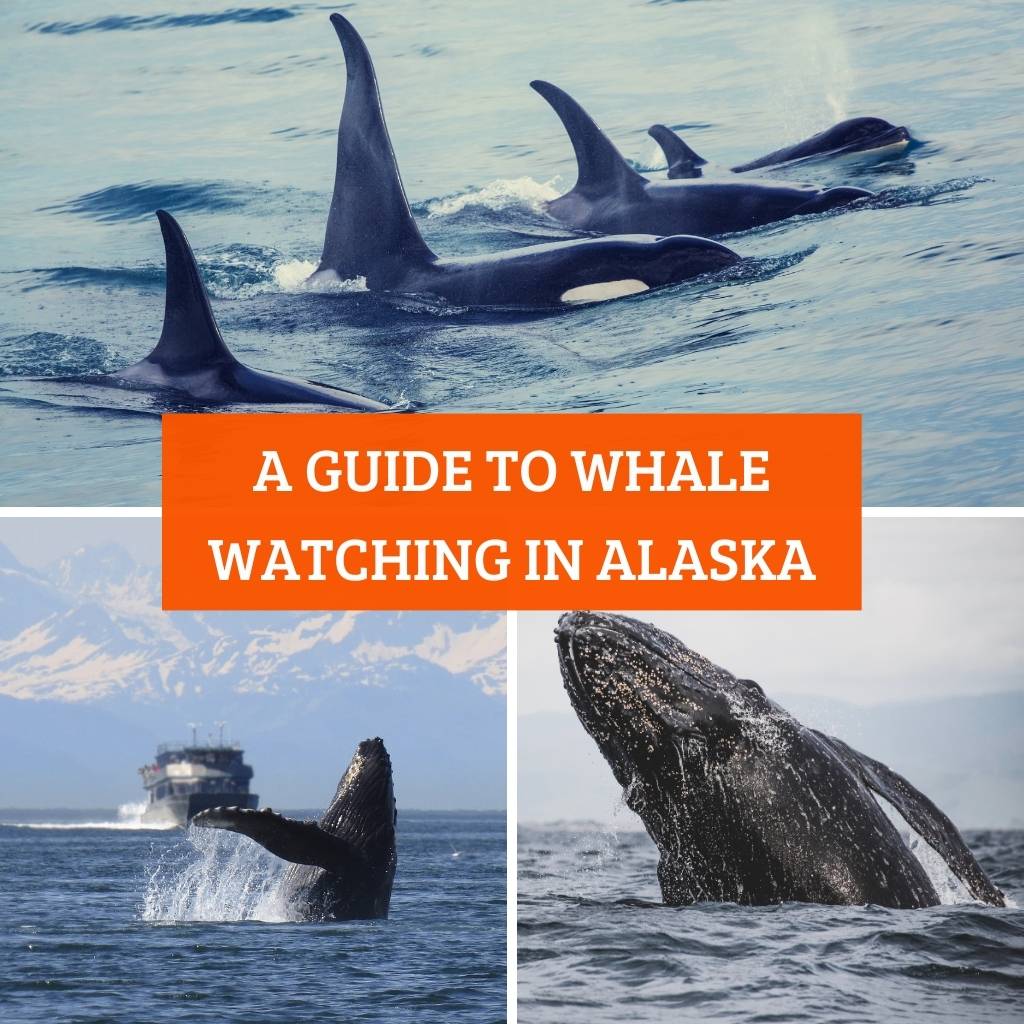
Whale watching hotspots in Alaska
The Alaskan coastline is dotted with whale watching hotspots that provide remarkable opportunities for viewing these majestic marine creatures. Whether exploring its fjords or venturing out into the open ocean, visitors can marvel at whales breaching and feeding in their natural habitat. Diverse marine ecosystems around Alaska provide a home for a wide range of whale species, from iconic humpback whales to elusive orcas.
Southeast Alaska
The Inside Passage, a tranquil waterway renowned for its calm waters and breathtaking views, offers enchanting whale watching in Southeast Alaska. It is a prime habitat for humpback whales, whose magnificent breaches and flukes captivate visitors. It is also possible to encounter orcas occasionally while exploring these pristine waters. You can choose from a variety of whale watching tours that depart from popular hubs like Juneau, Ketchikan, and Sitka to embark on unforgettable Alaskan adventures.
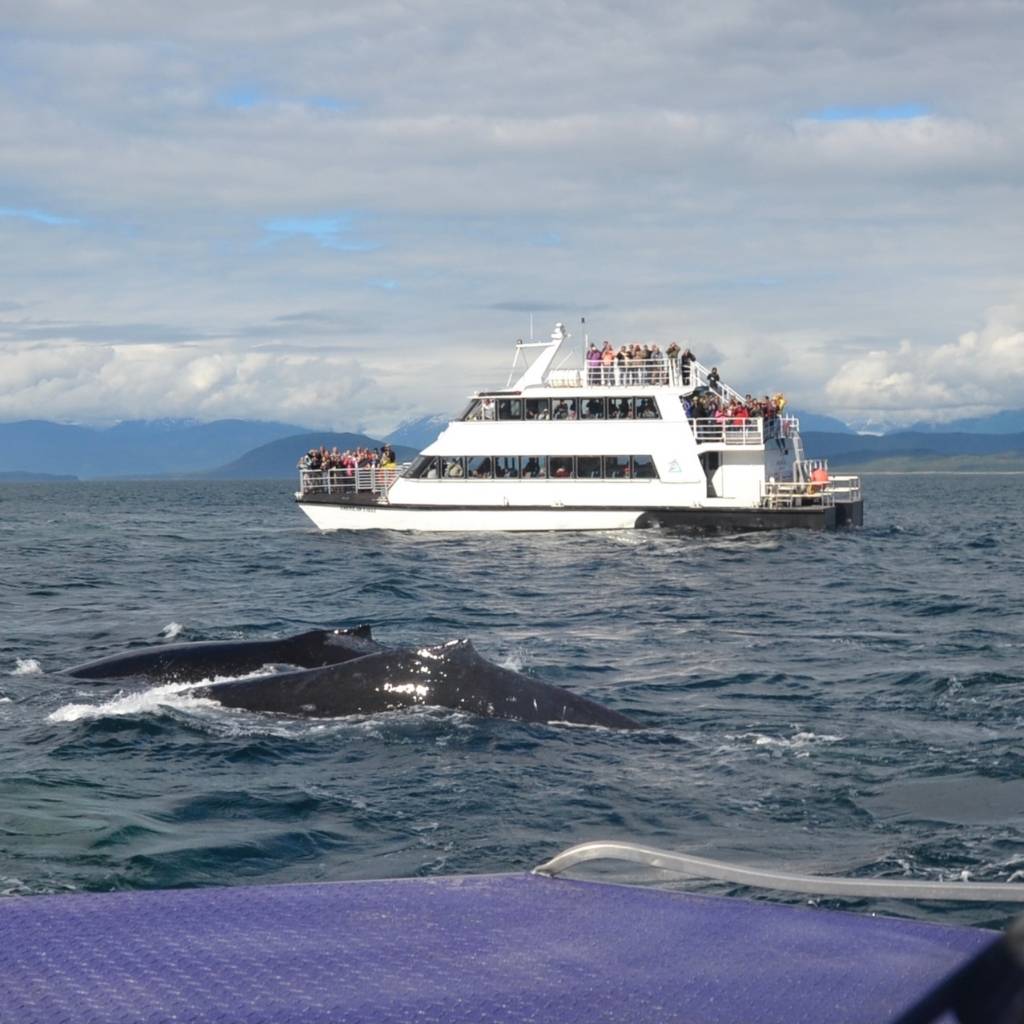
Southcentral Alaska
The Kenai Fjords National Park offers an exceptional opportunity to explore whales in Southcentral Alaska. Tours departing from Seward, commonly known as wildlife cruises, provide unparalleled views of humpback whales, orcas, and a variety of marine life thriving in these icy waters. You can view whales breaching and feeding in their natural habitat against the backdrop of dramatic glaciers. With these tours, whale enthusiasts can explore Kenai Fjords’ pristine wilderness with knowledgeable guides.
Prince William Sound
There’s something magical about whale watching in Prince William Sound as you sail along pristine waters abundant with marine life. Take a wildlife cruise departing from Whittier or Valdez and you will have the opportunity to see a variety of whale species, including humpbacks, orcas, and occasional sightings of fin or minke whales. Keep an eye out for whales breaching or diving as you navigate the tranquil fjords and rugged coastline of the sound.
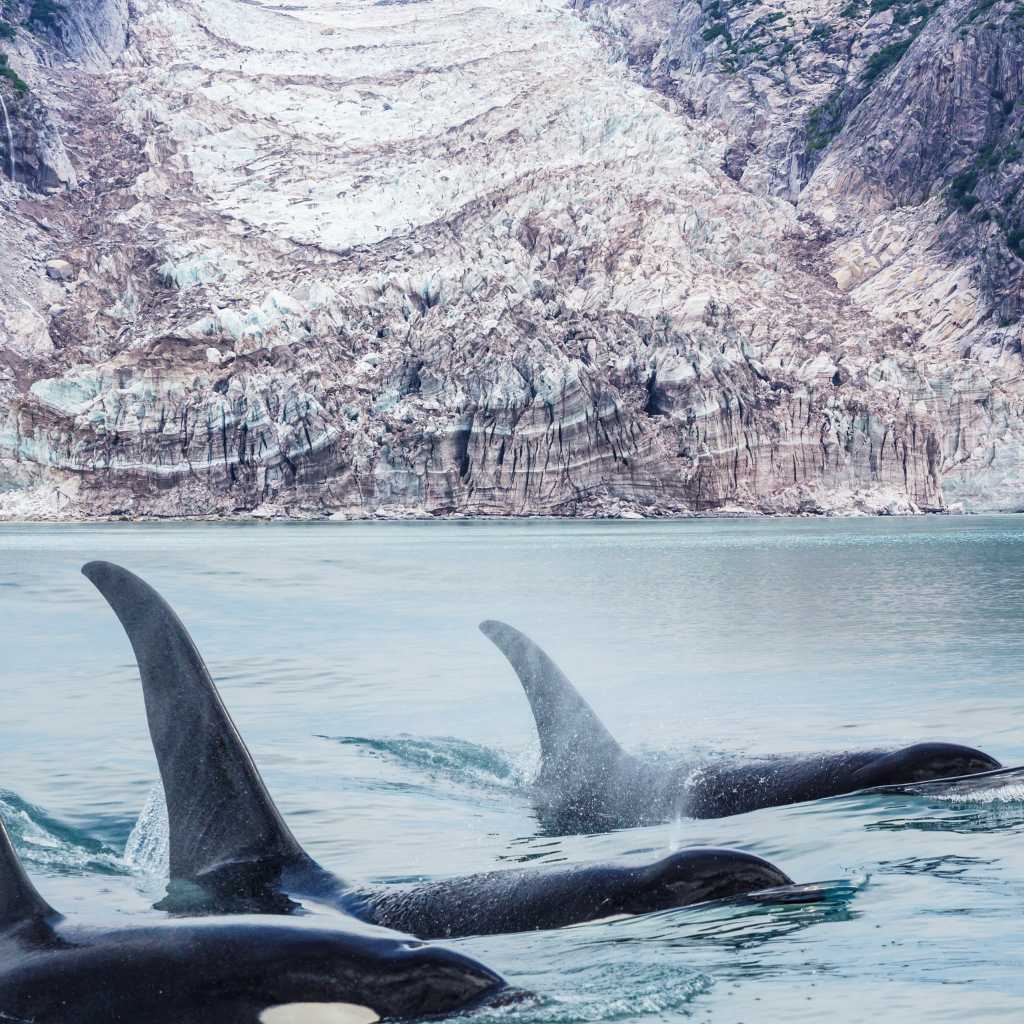
Kodiak Island
Whale watching in Kodiak Island offers an incredible opportunity to observe these giant marine mammals against the backdrop of breathtaking coastal scenery. One of Alaska’s most remote destinations, Kodiak Island is ideal for observing humpbacks, gray whales, and even belugas. You can witness whales breaching, spouting, and feeding from the comfort of a boat tour or from a walk along the rugged shoreline.
The different types of whale watching experiences in Alaska
- Day Cruises: A day cruise offers a convenient way to experience whale watching in Alaska’s coastal waters. These cruises depart from popular hubs such as Juneau, Seward, or Valdez and typically last several hours. With spacious decks and comfortable seating, passengers can take in the breathtaking scenery while keeping an eye out for whales breaching and spouting. There are usually knowledgeable naturalist guides on board who provide information about the whales’ behavior and the ecosystem surrounding them. Additionally, many day-cruises include onboard amenities such as restrooms, food bars, and indoor seating areas, ensuring passenger comfort throughout the trip.
Book a whale and dolphin watching day cruise
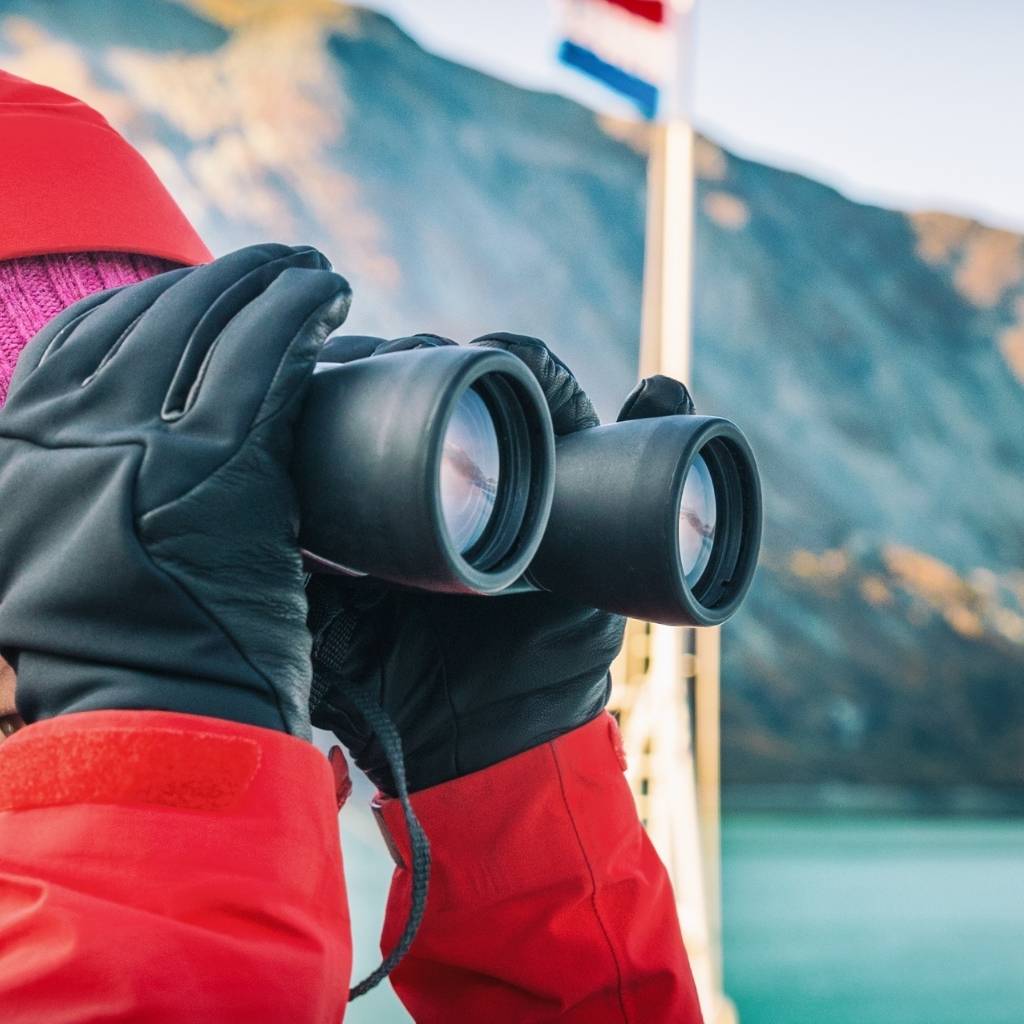
- Small Boat Tours: With small boat tours, you can enjoy whale watching in Alaska’s waters in an intimate and immersive manner. These tours depart from coastal towns such as Juneau, Seward, and Valdez and allow you to see remote parts of Alaska that larger vessels cannot reach. As a result of small group sizes, passengers are able to interact more closely with whales and other marine life. A knowledgeable guide onboard offers insights into the whales’ behaviors, habitats, and conservation efforts. Moreover, the smaller size of the boats allows for greater maneuverability and flexibility, ensuring that passengers are able to get as close to the whales as safely possible while respecting their privacy.
- Kayaking: An immersive kayaking tour allows you to experience whale watching in a unique and intimate way. These tours depart from picturesque coastal towns such as Sitka or Ketchikan and offer the opportunity to observe whales in their natural habitat while paddling quietly through calm waters. Due to the unpredictable nature of Alaskan waters, this option requires experience and a high level of fitness. A knowledgeable guide leads the tour, providing insights into the whales’ behavior and the marine environment. Additionally, you may encounter other Alaskan wildlife, such as sea otters, seals, bald eagles, and Alaskan bears. Kayaking tours in Alaska are a memorable and environmentally friendly way to see the marine world up close.
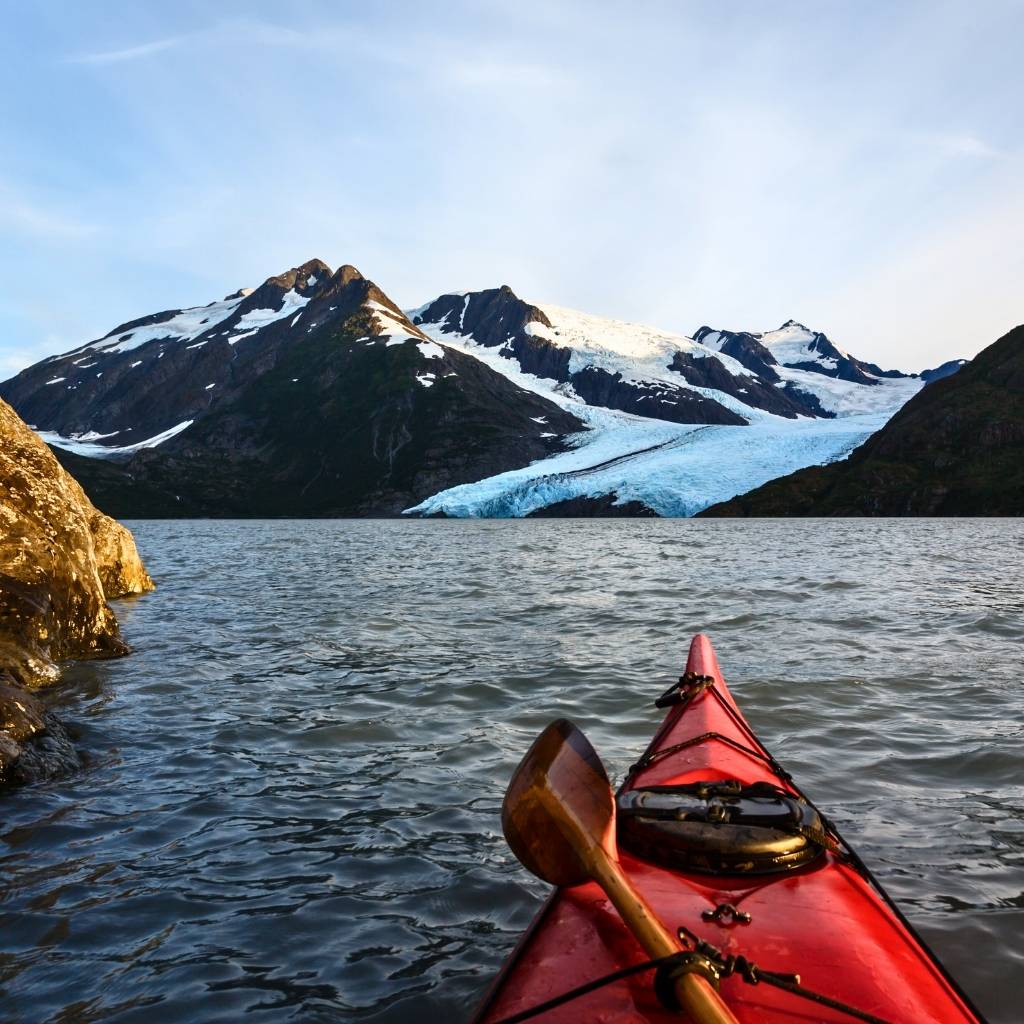
What’s so great about whale watching in Alaska?
The remarkable migration patterns of these majestic creatures make whale watching in Alaska an unparalleled experience. Whales migrate from their wintering grounds in warmer regions such as Hawaii, Baja California, Mexico, and Central America to Alaska’s coastal waters during the summer months. With rising water temperatures, these incredible mammals travel nearly 3,000 miles one-way on non-stop journeys for 6-8 weeks to Alaska’s cooler feeding grounds. The nutrient-rich waters of Alaska provide an abundant summer feeding ground for whales. Aside from this, the water becomes less cold and increasingly seafood-rich as the summer progresses, which creates ideal conditions for whales to feed and be observed.
Essential Tips for Whale Watching
The experience of whale watching in Alaska can be unforgettable, but it’s essential to follow a few essential tips to make your excursion safe and enjoyable.
Choose the right season
If you want to maximize your chances of a successful whale watching trip in Alaska, you must choose the right season. Whale watching season typically lasts from May to September, during which marine life activity is at its peak. Nutrient-rich waters attract a variety of whale species to Alaska’s coastal regions during this period, including humpback whales, orcas, and gray whales. The humpback whale population is particularly abundant from June to August, but other species can be seen throughout the season. The weather conditions are optimal during these months, which increases your chances of encountering these magnificent creatures against the backdrop of Alaska’s stunning scenery.
Research whale behavior
Researching whale behavior before your whale watching trip will help you have a better time. By understanding whale behaviors such as breaching, fluking, and feeding patterns, you can recognize and appreciate their natural movements. Furthermore, being familiar with whale species and their habitats allows you to anticipate where and when to look for them during your trip. Observing whales in their natural environment is easier when you know their unique characteristics and habits.
Dress appropriately
Whale watching excursions in Alaska’s dynamic weather conditions require appropriate dressing to ensure comfort and safety. As the temperature fluctuates throughout the day, layered clothing helps you stay warm during cold mornings and cool during warm afternoons. When you’re on a boat, water-resistant clothing, including jackets and pants, helps protect you against rain, sea spray, and splashes. Make sure to apply sunscreen to exposed skin and wear sunglasses to protect your eyes from the sun’s UV rays.
Seasickness prevention
For those who are prone to motion sickness, seasickness prevention is essential to ensuring a pleasant whale watching experience. Consider over-the-counter remedies or prescription medications recommended by your physician before embarking on your tour. Antihistamines, anti nausea medications, or patches worn behind the ear may be helpful. Additionally, you can minimize motion on board by choosing a larger boat or a catamaran with stabilizers. Choose a seat near the center of the boat, where motion is less noticeable.
Bring Binoculars and Camera
Binoculars and a camera with a long telephoto lens are essential for enhancing your whale watching experience and capturing those unforgettable moments. With binoculars, you can view whales and other marine life more clearly and in detail from a distance. With a long telephoto lens, you can snap pictures of whales breaching, spouting, or interacting with their environment, preserving precious memories.
Respecting wildlife and safety guidelines
When whale watching in Alaska, safety guidelines and respect for wildlife are paramount. You should maintain a safe distance from whales and other marine life to avoid disturbing their natural behaviors. Make sure you follow all safety instructions provided by tour operators or local authorities, like staying seated on boats and not making loud noises. Be aware of your surroundings and don’t encroach on the space of other vessels or wildlife. It is important to prioritize the welfare of whales and their environment to ensure a safe and enjoyable experience for you and them.
Choosing the right tour
A number of factors should be considered when choosing the right whale watching tour. Consider the size of the tour group, as smaller groups offer a more personalized and intimate experience. Ensure the duration of the tour aligns with your schedule and allows for adequate whale sightings. Additionally, consider the type of vessel used for the tour, as different vessels offer varying levels of comfort, stability, and visibility. Finally, research the location’s specific whale populations to determine which species you’d like to observe and select a tour that visits these areas.
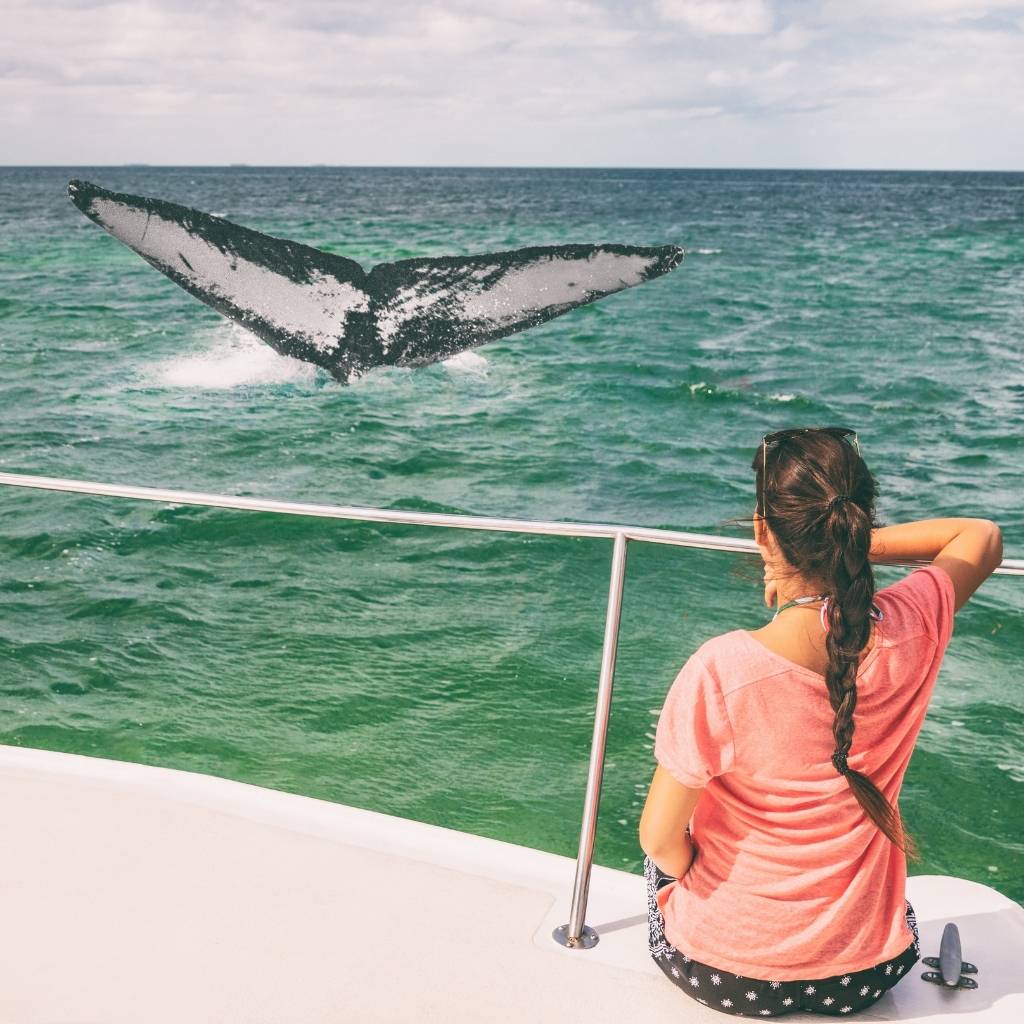
Whale Safety and Responsible Viewing
It is important to choose whale watching tour operators that prioritize ethical practices, maintaining safe distances, and minimizing disturbance to these magnificent creatures. Alaska’s whale populations can thrive for generations to come if their habitat and well-being are protected. Therefore, we should not go overboard and remain selfish to ourselves, but instead behave responsibly as tourists in Alaska.
Disclaimer:
This blog may contain affiliate links. At no extra cost to you, we may get a small commission if you buy anything. All products and services we endorse have been personally used or come highly recommended to us. These incomes allow us to keep the community supported and ad-free.


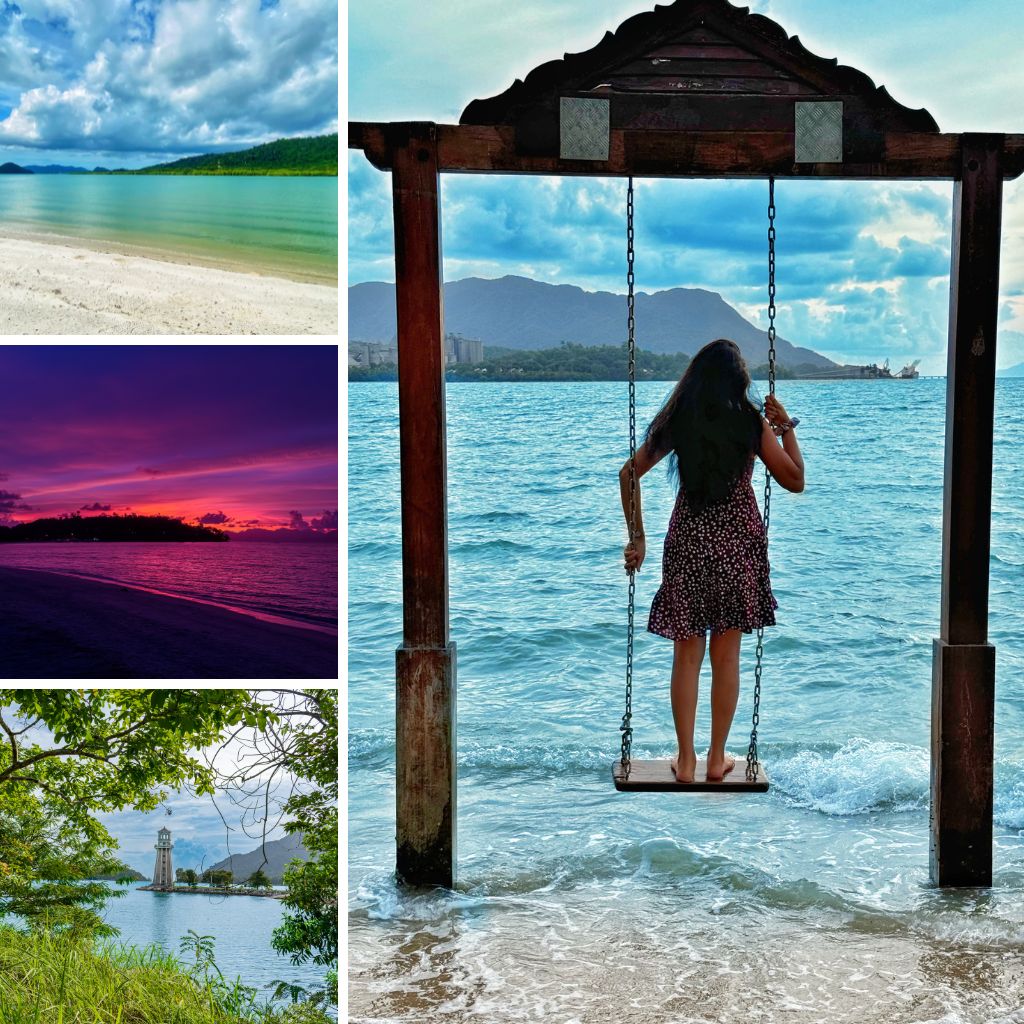
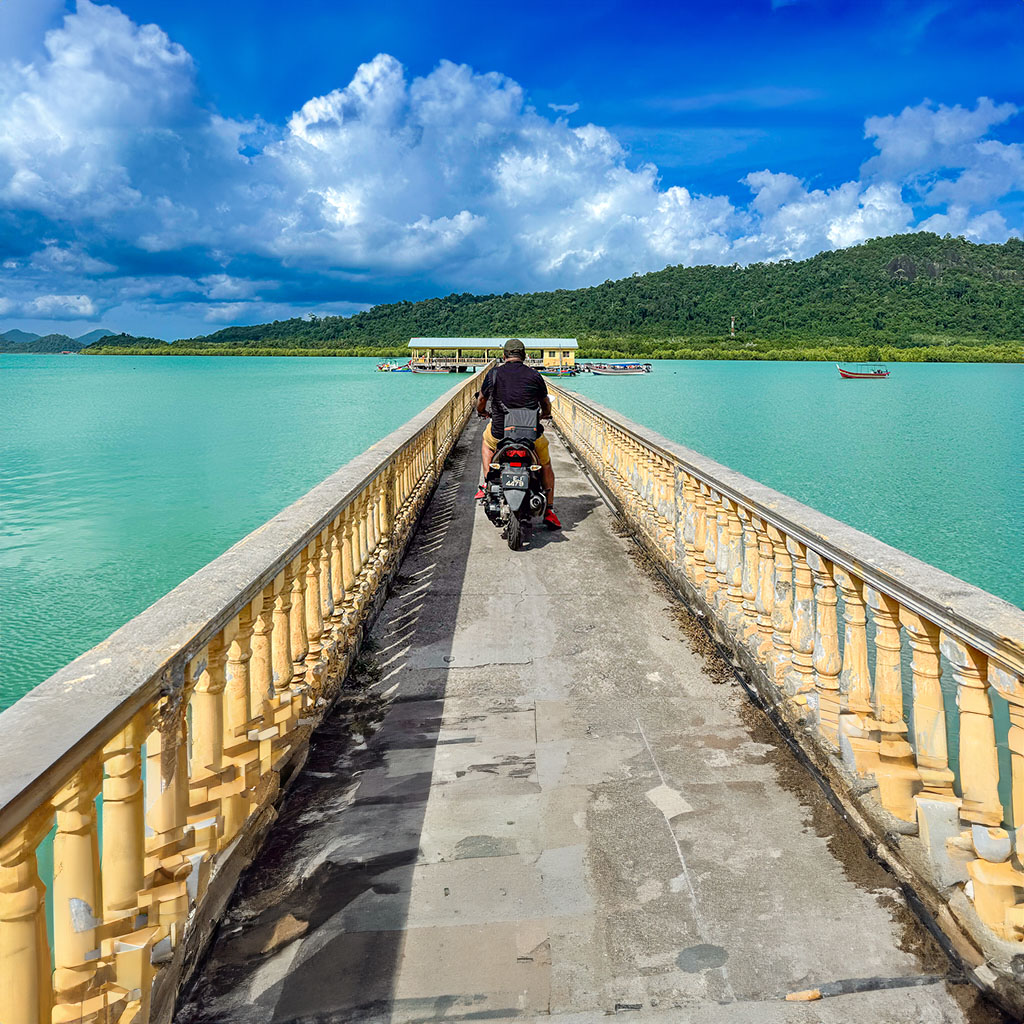
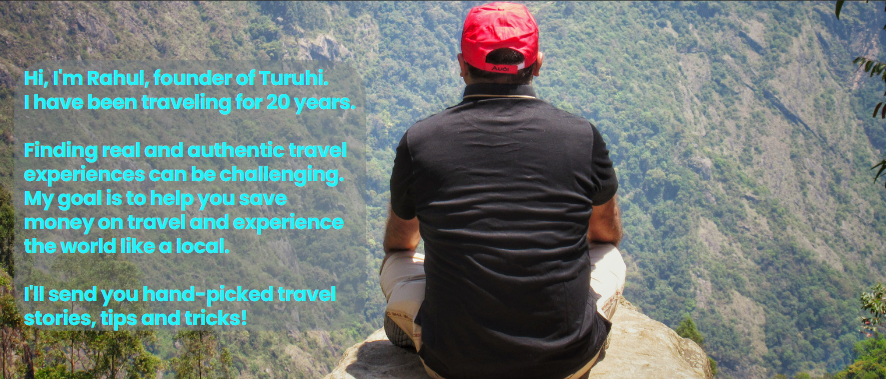
Add a Comment